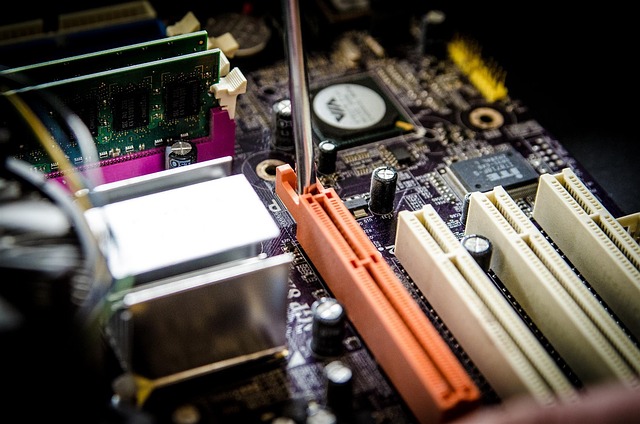
Technology
Although technology drives economic growth and enhances human well-being, it can also bring harmful effects such as environmental pollution, depletion of natural resources, and other unintended consequences.
Furthermore, it may lead to social challenges like job losses due to automation, which fuels philosophical and political discussions on the role of technology, its ethical implications, and strategies to reduce its negative impacts.
Information technology
Information technology (IT) refers to the application of computers, storage systems, networking tools, and other hardware, infrastructure, and processes to generate, manage, store, protect, and share all kinds of digital information.
In most cases, IT is connected to business activities rather than personal or entertainment use. The business application of IT covers both computing systems and telecommunications.
Stevens institute of technology
In 1784, John Stevens bought at a public auction the land that later became the site of Stevens Institute of Technology.
He was a colonel in the Revolutionary War, a member of the Continental Congress, the first treasurer of New Jersey, the creator of American patent law, an engineer of steamboats and rail locomotives, and the father of Edwin Stevens.
Blockchain technology
Blockchains are generally maintained through a peer-to-peer (P2P) network of computers, functioning as a shared distributed ledger. Within this system, nodes follow a consensus protocol to verify and append new blocks of transactions.
While blockchain records can technically be altered due to the possibility of forks, the technology is still regarded as secure by design. It represents a form of distributed computing that offers strong resistance to Byzantine faults.
Georgia institute of technology
The institution was originally established as the Georgia School of Technology during the Reconstruction era, with the goal of fostering an industrial economy in the South following the Civil War. At first, it granted only a degree in mechanical engineering.
By 1901, the academic offerings had grown to include programs in electrical, civil, and chemical engineering. In 1948, the school adopted a new name to demonstrate its transformation from a vocational school into a technical institute and research university.
Rochester institute of technology
The university traces its origins to 1891, when the Rochester Athenæum — a struggling literary society established in 1829 by Colonel Nathaniel Rochester and his colleagues — merged with another institution.
That partner was the Mechanics Institute, a Rochester-based school created in 1885 by local businessmen, including Captain Henry Lomb, co-founder of Bausch & Lomb, to provide residents with practical technical training.
Florida institute of technology
In 2024, Florida Tech enrolled 5,101 students across its Melbourne campus and satellite locations, in addition to 4,762 learners participating in online programs. The online student population was nearly evenly split between undergraduate and graduate levels, with most concentrating their studies in engineering and scientific fields.
Florida Tech holds the designation of an “R2: Doctoral University – High research activity,” reflecting its strong commitment to advanced scholarship and research productivity.
Massachusetts institute of technology
The university features a city-based campus stretching over a mile (1.6 km) along the Charles River. Its grounds are noted for educational facilities linked by passageways and a collection of notable modernist structures.
Beyond the main campus, MIT manages sites such as the Lincoln Laboratory and the Haystack Observatory, along with partner research centers like the Broad Institute and the Whitehead Institute.
Technology news today
The new Air, measuring just 5.6 millimeters in thickness, is Apple’s slimmest iPhone to date. “It’s an experience unlike anything before, filled with powerful capabilities,” said John Ternus, Apple’s senior vice president of hardware engineering, during the launch.
Its highlights include a 6.5-inch screen, the cutting-edge A19 Pro chip, a 48-megapixel main camera, and front camera support for “Center Stage,” a feature that automatically keeps people in the frame.
Micron technology
Micron was established in 1978 in Boise, Idaho, by Ward Parkinson, Joe Parkinson, Dennis Wilson, and Doug Pitman as a company providing semiconductor design consulting.
Micron and Intel jointly established IM Flash Technologies, a company that manufactured NAND flash memory. The company held ownership of Lexar from 2006 to 2017. Micron remains the sole memory manufacturer based in the United States.





